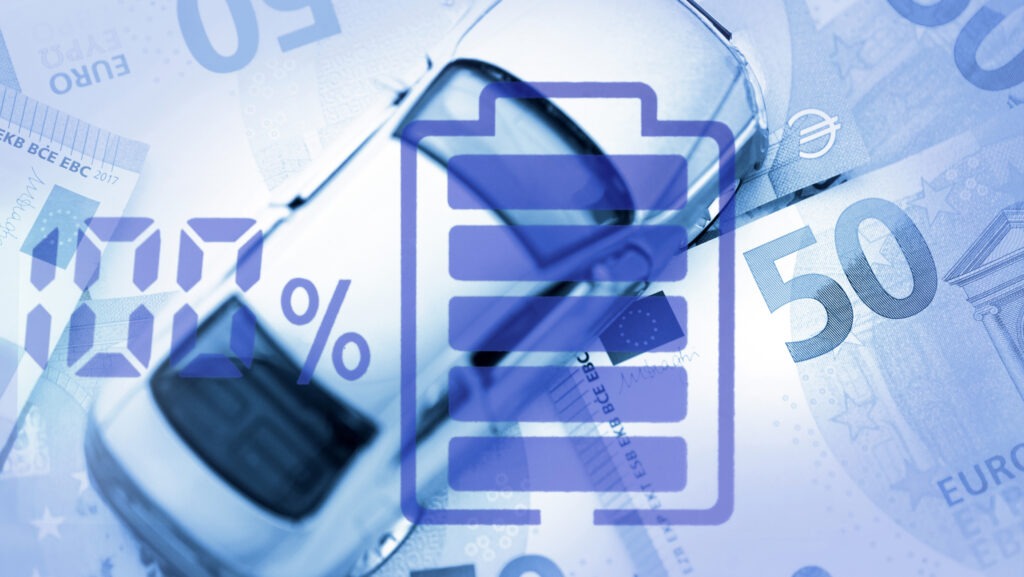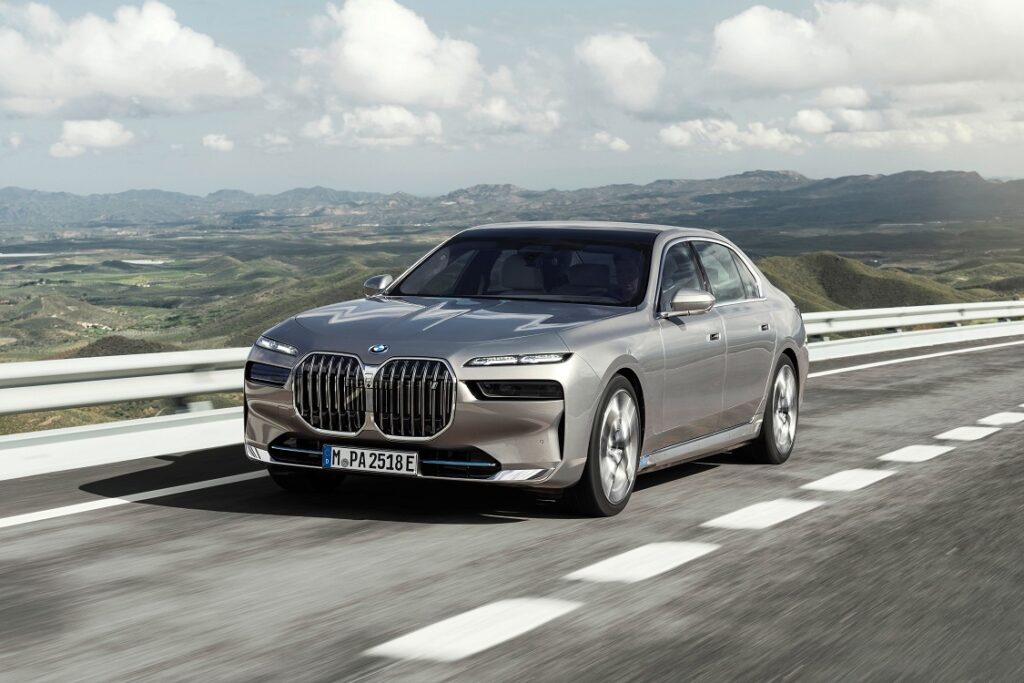January growth masks slowdown in major European new-car markets
03 February 2023

The new-car markets of France, Italy and Spain posted year-on-year growth in the first month of 2023. But the figures conceal a hiatus in the recovery, explains senior data journalist Neil King.
The healthy growth in new-car registrations in France, Italy, and Spain last month appears promising. However, it is set against a low base of comparison in January 2022 and there was an additional working day in the month this year.
France and Italy grew by 8.8% and 19% respectively last month but endured contractions of a greater magnitude in January 2022. Accordingly, fewer new cars were registered than in January 2021, let alone in pre-pandemic January 2020.
Meanwhile, Spain experienced a phenomenal 51.4% year-on-year surge in registrations, also surpassing the volume registered in January 2021, when the market was acutely weakened by storm Filomena. However, registrations are down 26% compared to January 2020.
Adjusted for the extra working day last month, compared to January 2022, the seasonally-adjusted annualised rate (SAAR) was weaker in all three markets than in December 2022.
Outlook downgrades
All three new-car markets performed below expectations last month, although the deviation in Spain was negligible, at less than 1,000 units.
There are grounds for cautious economic optimism, but new-car demand will weaken because of the cost pressures on both businesses and private buyers. Furthermore, there will be fewer cars de-fleeting after three years given the dramatic impact on registrations in 2020, especially between March and June, and the positive influence of improving supply will diminish as order backlogs clear.
These assumptions were already factored into Autovista24’s forecasts, but the outlook for France has been reduced by about 10,000 units for the years 2023, 2024, and 2025. The forecasts for Italy and Spain are about 60,000 and 25,000 units lower, respectively, each year.
Significant risks to these challenging forecasts remain. This includes the ongoing threat to supply chains and soaring energy prices stemming from the war in Ukraine. Additionally, it remains to be seen whether inflation and interest rates will rise further, which also depends on the effectiveness of government measures to provide support.
In an upside scenario, lower demand for consumer electronics could see a quicker resolution of semiconductor shortages in the automotive industry. Any improvement in new-car supply would be a short-lived benefit for registrations, as the order backlog would clear quicker. Subsequently, markets would be more exposed to demand downturns and the net effect would ultimately balance out over time.
Lower incentives impact EVs in France
According to data released by the CCFA, the French automotive-industry association, 111,940 new cars were registered in the country last month. The year-on-year growth of 8.8% translates to an upturn of only 3.8% when adjusted for the additional working day compared to January 2022. Furthermore, the SAAR retreated to 1.78 million units, from 1.81 million in December.
Autovista24 expected this loss of momentum as the reduction in incentives for electric vehicles (EVs) from 1 January pulled some registrations forward into late 2022, with the monthly SAAR higher in December than in any other month last year. Although the effect was far less dramatic than the impact of lower EV incentives in Germany, the EV share was at a record 25% in December 2022, but fell back to 22% last month. This was driven by higher registrations of battery-electric vehicles (BEVs), which gained 16% of the market in December but receded to 13% last month according to CCFA data. The share of plug-in hybrids (PHEVs), however, has remained at 9% since October.
Autovista24’s outlook for 2023 has been subtly reduced to 1.75 million registrations, equating to growth of 14.6%. This is 20.8% lower than the 2.2 million new cars registered in 2019, prior to the COVID-19 pandemic.
Delayed incentive effect in Italy
Industry association ANFIA reports that 128,301 new cars were registered in Italy last month, up 19% year on year. Adjusted for the extra working day, however, the 13.3% growth rate was weaker than the adjusted 26.7% upturn in December. Moreover, Autovista24 calculates that the SAAR tumbled to 1.34 million units from 1.65 million.
As the 2023 incentives for electric vehicles only became available from 10 January, this derailed their registrations last month and impacted the wider market. EV registrations increased by a mere 1.1% year on year and captured only 7.3% of the market, down from 8.7% in 2022. BEV registrations fell 11.2%, gaining only 2.5% of the market, down from 3.7% in 2022. PHEVs, on the other hand, grew by 9.2% year on year and accounted for 4.8% of new-car registrations in January, but this was still lower than the 5% share they held in 2022.
As buyers take advantage of the new incentives, EV registrations will gain support and so will the wider market in the coming months but additional funding will be required to maintain the momentum.
‘The incentives currently in force represent an important resource that we hope, in the coming months, will boost sales of zero- and low-emission cars, at least in part. As expected, the incentive band for cars with emissions of between 61 and 135g/km is the one with the highest number of bookings and is already depleted (with less than 25% of the fund remaining). It would be useful to encourage the renewal of the car fleet from a green perspective and, in our opinion, reinvest the resources left over from the 2022 incentive campaign into the 2023 incentives,’ commented ANFIA president Paolo Scudieri.
In this context, Autovista24 has reduced its 2023 outlook for Italy to below 1.5 million units, equating to growth of 13.8%. At this level, the new-car market would be 21.8% smaller than in 2019.
Surge exemplifies ‘unstable’ Spanish market
A total of 64,147 new cars were registered in Spain during January, according to ANFAC.
‘The strong increase in sales at the start of the year actually reflects how unstable the automotive market is since it is mainly due to the fact that, in January, units have been counted that were not registered in December due to problems with the transport of vehicles from factories and logistics centres to dealers. Therefore, we cannot speak of a change in trend because the context that weighed down the market remains the same and what is foreseeable is that, in the coming months, we will once again see a very low level of registrations,’ explained Raúl Morales, communications director of Faconauto.
Autovista24 calculates that the 51.4% year-on-year growth reduces to 44.2% when adjusted for the extra working day and the SAAR reduced from 961,000 units in December to 873,000 units.
‘It must be taken into account that January 2022, with which we are making the comparison, was the second worst January in more than two decades due to the chip crisis. Therefore, we have to receive this improvement with caution because the tensions in the supply chain and in the logistics chain are still present,’ commented Tania Puche, communications director of GANVAM.
Against this backdrop, Autovista24 has reduced its 2023 forecast to 917,000 new-car registrations, equating to growth of 12.8%. This falls 27% short of the volume achieved in 2019 and the Spanish market is not expected to exceed one million units again until after 2025.
‘It is true that the increase in inflation is an important determinant for the purchase decision of families, but it is necessary to establish measures that serve as an incentive, both from the economic and fiscal spheres, to alleviate this inflationary pressure. We are facing a complex year, but a year where the political decisions that are made will be key to the future of our industry and its employees,’ concluded Félix García, director of communications and marketing at ANFAC.



